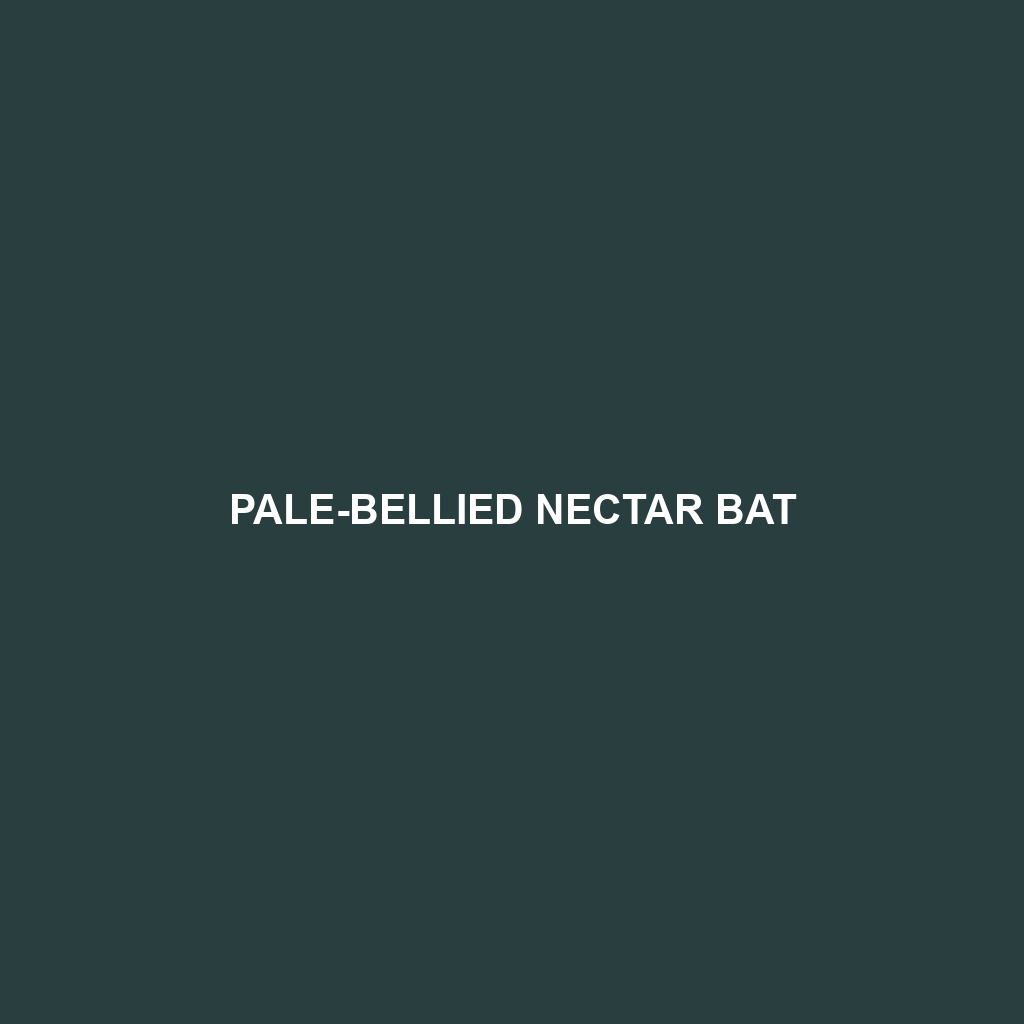Western Nectar Bat (Leptonycteris yerbabuenae)
Common Name: Western Nectar Bat
Scientific Name: Leptonycteris yerbabuenae
Habitat
The Western Nectar Bat is primarily found across regions of the southwestern United States and parts of Mexico. They thrive in desert and semi-arid environments, often roosting in caves, abandoned buildings, and canyons. These bats are commonly spotted in areas featuring flowering plants, as they require abundant nectar sources for their sustenance.
Physical Characteristics
Western Nectar Bats are medium-sized bats, with wingspans ranging from 10 to 12 inches (25 to 30 cm). Their fur is soft and generally light brown or gray, with a lighter underbelly. Characteristically, they have long snouts and slender tongues, adaptations that enable them to efficiently extract nectar from flowers.
Behavior
These bats exhibit fascinating nocturnal behaviors, primarily foraging for nectar during the night. They are known for their remarkable flight capabilities, allowing them to hover in front of flowers. Western Nectar Bats also display social behaviors by roosting in colonies, which can vary greatly in size depending on season and food availability.
Diet
The diet of the Western Nectar Bat consists mainly of flower nectar, complemented by pollen and some fruits. Their primary food sources include agave plants and certain cactus flowers, which provide essential nutrients. Their feeding habits contribute to pollination, making them vital for the ecosystem.
Reproduction
Western Nectar Bats have a distinct breeding season, typically occurring in late spring. Females usually give birth to a single pup after a gestation period of approximately 6 to 7 weeks. During the maternity season, female bats form nurseries where they care for their young while foraging for food.
Conservation Status
The conservation status of the Western Nectar Bat is currently classified as vulnerable by the International Union for Conservation of Nature (IUCN). Threats to their population include habitat destruction, climate change, and reduced availability of food sources.
Interesting Facts
One of the most intriguing facts about the Western Nectar Bat is its role as a primary pollinator for several types of agave plants, which are crucial for both native ecosystems and human agriculture, particularly in the production of tequila.
Role in Ecosystem
Western Nectar Bats play a significant role in their ecosystem as pollinators. Their feeding habits help facilitate the reproduction of numerous flowering plants, contributing to biodiversity. Furthermore, by dispersing seeds, they support healthy plant populations that sustain other wildlife in their habitats.
This HTML format provides an SEO-optimized species description for the Western Nectar Bat while ensuring readability and engagement.
